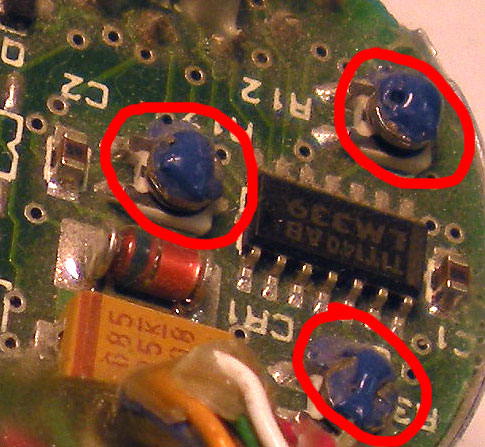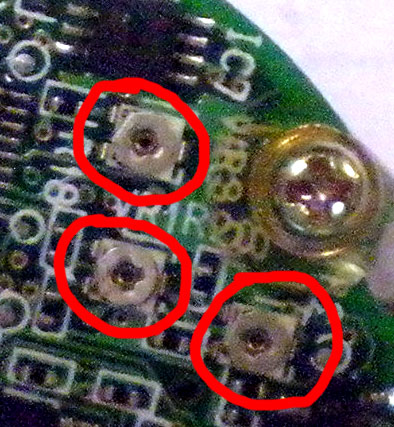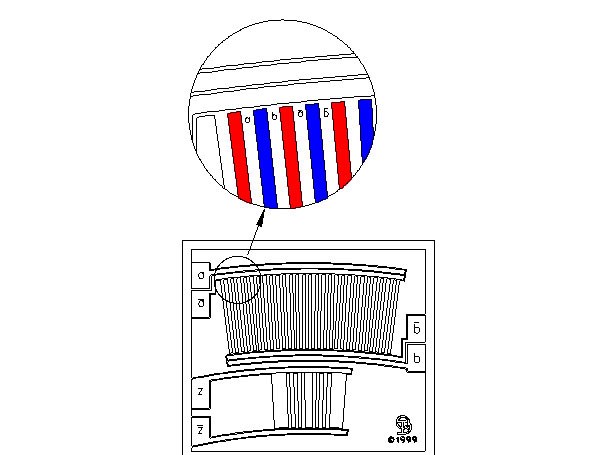The Use of Potentiometers in Incremental Encoder Design
January 26, 2016

Potentiometer vs Encoder
Recently, I decided to catalog the competitive incremental encoders that have populated the shelves surrounding my desk. In doing so, I was surprised to find that many of our competitors use potentiometers in their designs.
I can understand why they need to use potentiometers. In most designs the potentiometers are used to balance the raw analog signals produced by the incremental encoder sensor. A potentiometer is the perfect component for this, you fire up the incremental encoder during test, lay a scope probe on it and dial the value specified by engineering. For most encoder designs, the only other option is to guess at some resistor values hoping you don’t have to solder and unsolder resistors too many times until you hone in the correct signal, as that would be a very time consuming process.
While I can understand the use of potentiometers, the reason that I am a bit shocked by their ubiquity in competitor’s designs is that potentiometers are inherently a much less reliable component. A resistor is all one solid piece, but a potentiometer (which is a variable resistor) has a resistive track and a movable wiper that slides along to vary the resistance value. Moving parts are inherently less reliable than a non-moveable part.

Here are a few of the PCBs from various encoder manufacturers with the potentiometers circled in red:



This next one is my favorite – Thirteen potentiometers!


Encoders with Better Sensors Don’t Need Potentiometers
I am proud to say that Quantum Devices encoders do not use potentiometers in their incremental encoder designs. The reason we can avoid potentiometers is because of our patented phased array sensor that provides perfectly balanced complementary signals right from the sensor.
Other incremental encoder sensors suffer from having their active areas in different locations along the length of the sensor. Since the light source spreads light unevenly over the sensor, some active areas receive more light than others creating signal imbalances.
In Quantum Devices incremental encoders, the photosensitive areas of each channel are interlaced with each another, so all active areas receive the same amount of light. This eliminates the need to balance any signals, which in turn eliminates the need for potentiometers in the design.
Below is an drawing of the phased array sensor: Red indicates Channel A active areas, Blue indicates channel B active areas.

Related articles
Looking for Encoders without Potentiometers?
Quantum Devices manufactures high-quality, high-performance rotary encoders that provide the most reliable signals. Our encoders are affordable and have a simple assembly process, saving OEMs valuable assembly time. Select models are available for purchase online. Free samples available for qualified projects.
Reach out today to request a custom configuration, or to ask an engineer a question about potentiometers and encoders.

